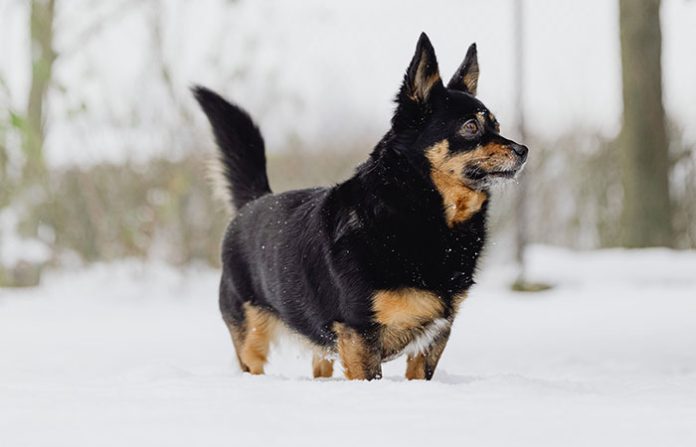Certain dogs face “ruff” challenges compared to others. Recent research indicates that breeds with flattened faces tend to have a shorter lifespan than those with longer features. The study, published in the journal Scientific Reports on February 1, analyzed nearly 600,000 British dogs representing over 150 breeds. The results highlighted that larger breeds and those with flattened faces generally exhibit shorter average life spans compared to their smaller counterparts with elongated snouts.
Similar to the global trend where women tend to live longer than men, the study also revealed that female dogs generally enjoy slightly longer lifespans than their male counterparts. However, the researchers emphasized that these trends might not universally apply to dogs outside Britain, as breeding practices and gene pools can vary. Exceptions to these general trends exist, and the findings should be interpreted with consideration for regional differences.
#1 Recent research indicates that breeds with flat faces tend to have a shorter lifespan compared to smaller dogs with longer snouts.
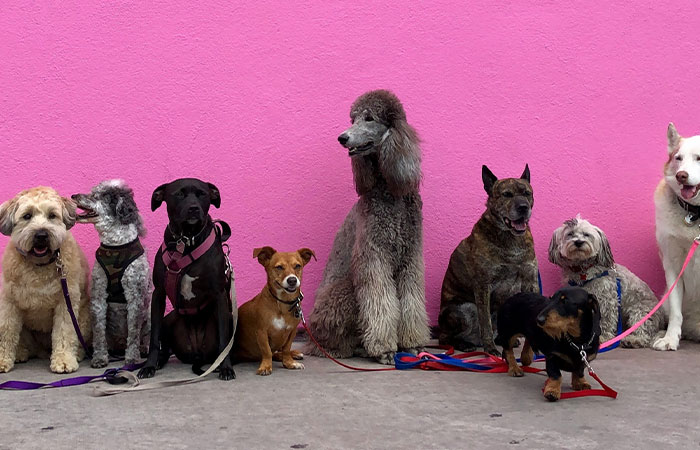
Although further research is required to unravel the reasons behind varying life spans among dog breeds, some breeds may inherently carry a genetic predisposition to serious health issues. Experts emphasize that factors such as behavior, lifestyle, diet, and environment related to specific breeds could also contribute to a shortened lifespan.
Kirsten McMillan, an author of the study and the data manager at Dogs Trust, a dog welfare charity leading the research in Britain, stated, “Now that we have identified these populations that are at risk of early death, we can start looking into why that is.” She added, “This provides an opportunity for us to improve the lives of our dogs.”
#2 The study suggests that, on average, small breeds as a group had a lifespan of 12.7 years, whereas large breeds exhibited a slightly shorter average lifespan of 11.9 years.
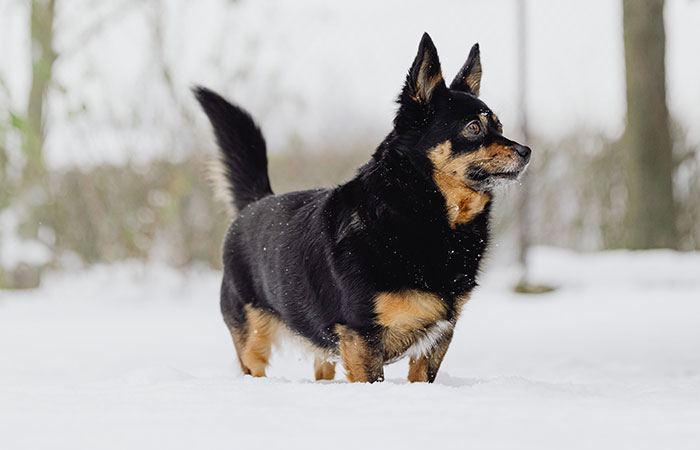
According to The Times, researchers utilized a database comprising 584,734 British dogs, compiled from sources such as breed registries, pet insurance companies, veterinary records, and other databases. While acknowledging potential biases in these records, the scientists noted that they might not fully represent the broader canine population in Britain.
Audrey Ruple, a veterinary epidemiologist at Virginia Tech, not involved in the study, praised the researchers for employing diverse data sources, stating, “I think this is a fantastic approach.” The majority of the dogs in the study were purebred, spanning 155 breeds, with the remaining categorized as crossbred.
#3 The study reveals that small, long-nosed breeds like miniature dachshunds enjoyed an average lifespan of 13.3 years. In contrast, large, brachycephalic breeds had a shorter average lifespan of roughly 10.8 years, indicating a difference of approximately two and a half years between the two groups.

According to Britannica, a purebred dog is one with a traceable genealogy for three generations within the same breed, while a crossbreed dog has parents from two different breeds or a mix of several breeds, as explained by The Kennel Club.
The study found that, on average, purebred dogs had a longer lifespan of 12.7 years, compared to 12.0 years for crossbred dogs. This contradicts some previous research and might be influenced by the fact that all crossbred dogs, regardless of size or breed mix, were grouped into a single category, according to scientists.
Dr. Ruple expressed satisfaction with results challenging the common belief that mixed-breed dogs are consistently healthier than their purebred counterparts.
#4 The researchers discovered that, across all dogs, the median lifespan was 12.5 years. However, they noted that the average lifespan varied significantly among breeds, showcasing a “quite spectacular” range.
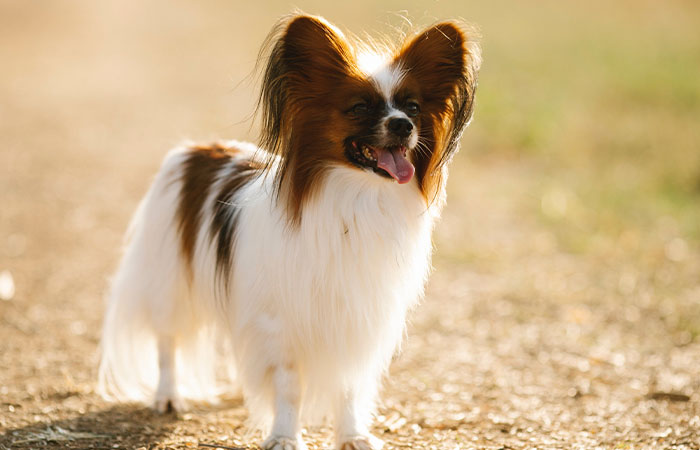
Dr. McMillan emphasized the complexity of the issue, stating, “I think it is a more complex question than that. There are pure breeds of dogs that are generally pretty healthy.”
The researchers, as reported by The Times, determined that across all dogs, the median lifespan was 12.5 years. However, the average lifespan exhibited significant variation among breeds, according to Dr. McMillan.
Notably, Lancashire heelers, a breed of petite herding dogs, stood out as canine Methuselahs, boasting an impressive average lifespan of 15.4 years. This breed, known for its intelligence, alertness, and friendliness, faced challenges as it was placed on the Endangered Breeds list of The Kennel Club, U.K., in 2003 due to a small gene pool and the risk of inherited diseases.
#5 In contrast, the much larger Caucasian Shepherd dogs were less fortunate, with an average lifespan of just 5.4 years.

On a different note, the much larger Caucasian Shepherd dogs didn’t fare as well, having an average lifespan of just 5.4 years.
According to the American Kennel Club, the Caucasian Shepherd dog is considered a serious guardian breed, not to be taken lightly. Described as bold, fearless, self-confident, and fierce in the face of threats, this breed also exhibits a softer side, being devoted, kind, and endearing to its family, including other pets.
The study suggested that, as a group, small breeds had an average lifespan of 12.7 years, while large breeds averaged 11.9 years.
#6 Flat-faced breeds, often referred to as brachycephalic, had an average lifespan of 11.2 years, according to the study.

Flat-faced breeds, also known as brachycephalic, had an average lifespan of 11.2 years, as reported by The Times. In comparison, medium- and long-faced breeds demonstrated average lifespans of 12.8 and 12.1 years, respectively.
The Humane Society Veterinary Medical Association identified 24 dog breeds with brachycephalic conformation, including popular ones such as French Bulldogs, Bulldogs, Boxers, Cavalier King Charles Spaniels, Shih Tzus, Boston Terriers, Mastiffs, and Pugs. Despite their popularity, brachycephalic breeds are at an increased risk of various health issues, with compromised breathing being a significant welfare concern. The society highlighted that 50% of Pugs and French Bulldogs, as well as 45% of Bulldogs, exhibit clinically significant signs of Brachycephalic obstructive airway syndrome (BOAS).
#7 The lead author of the study stressed the importance of being mindful that certain breeds may require more frequent veterinary visits.
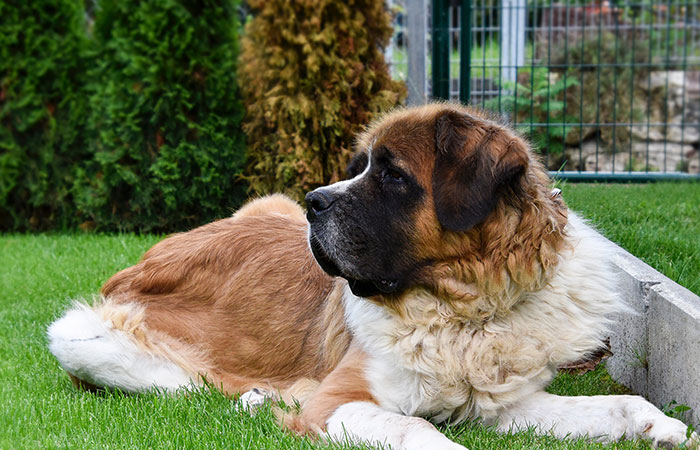
Clinical signs of Brachycephalic Obstructive Airway Syndrome (BOAS) can include dyspnea (difficulty breathing), stertor (noisy breathing), exercise intolerance, regurgitation/vomiting, and overheating.
In terms of lifespan, small, long-nosed breeds like miniature dachshunds and whippets lived, on average, for 13.3 years, which is approximately two and a half years longer than large, brachycephalic breeds. The latter had an average life expectancy of 10.7 years.
Lead author Dr. McMillan stressed the importance of recognizing that certain breeds may require more frequent veterinary visits. However, she also emphasized a more positive aspect, underlining the significant consideration of the love and affection potential owners invest in their furry friends. Dr. McMillan stated, “These animals are members of our family. We want to ensure that we’re doing everything we can to provide them with a long, happy, and healthy life.”
